Dinosaurs, like modern animals, faced seasonal changes that affected their food availability. From the lush abundance of spring to the scarcity of winter, these magnificent creatures adapted their diets to survive through changing conditions. Recent paleontological discoveries have revealed fascinating insights into how dinosaur feeding patterns shifted with the seasons, providing a more complete picture of their lives. This article explores how different dinosaur species adjusted their eating habits throughout the year, offering a glimpse into their remarkable adaptability across millions of years of prehistoric seasonal cycles.
The Seasonal Diet Challenge for Dinosaurs

Dinosaurs inhabited Earth for over 165 million years, experiencing various climatic conditions and seasonal patterns that significantly influenced their feeding behaviors. Unlike today’s relatively stable climate, the Mesozoic Era featured more pronounced seasonal variations in many regions, creating distinct food availability cycles. Paleontologists have uncovered evidence of these seasonal dietary shifts through fossilized stomach contents, coprolites (fossilized feces), dental wear patterns, and isotopic analyses of bones and teeth. These scientific approaches have revealed that dinosaurs weren’t static in their feeding habits but rather demonstrated remarkable dietary flexibility. Some species migrated to follow food sources, while others diversified their diets when preferred foods became scarce. This seasonal adaptation played a crucial role in dinosaurs’ evolutionary success, allowing them to thrive through changing environmental conditions for millions of years.
Spring Feeding Patterns of Herbivorous Dinosaurs

Spring represented a time of renewal and abundance for herbivorous dinosaurs after potentially challenging winter months. As new growth emerged, hadrosaurs (duck-billed dinosaurs) took advantage of fresh shoots, young leaves, and early-growing ferns that were particularly nutrient-rich and easier to digest. Evidence from dental microwear patterns suggests many herbivores shifted to consuming these tender plant materials when available. Ceratopsians like Triceratops likely focused on new growth from cycads and early flowering plants, using their powerful beaks to snip off the most nutritious portions. Sauropods, with their tremendous size and reach, could access the first fresh growth on tall conifers and ginkgoes that smaller herbivores couldn’t reach. This springtime feeding frenzy allowed herbivorous dinosaurs to replenish nutrients depleted during winter scarcity and build energy reserves for the coming breeding season, a pattern remarkably similar to that observed in modern large herbivores.
Summer Abundance and Dietary Diversity
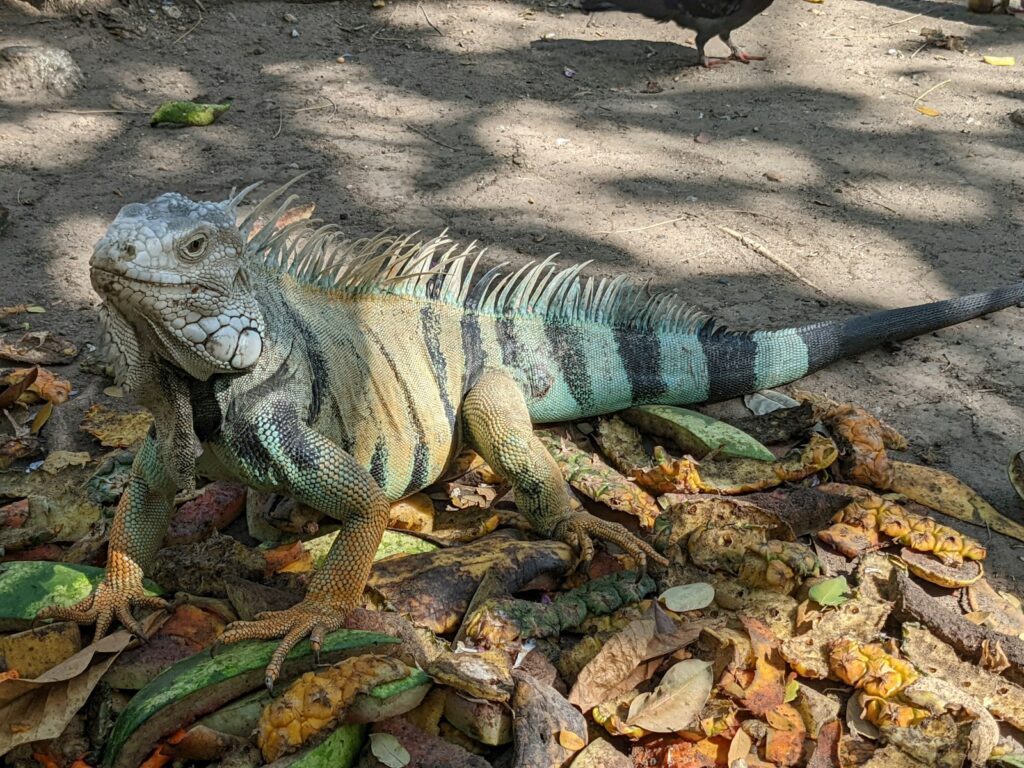
Summer provided dinosaurs with the greatest variety and abundance of food sources throughout the year. Herbivorous dinosaurs like Stegosaurus and Ankylosaurus had access to fully developed foliage, fruits, seeds, and a wide range of plant matter at peak growth. Isotope studies of fossilized teeth suggest many herbivores diversified their diets during summer, consuming a broader spectrum of plant species than during other seasons. For sauropods, summer meant the opportunity to consume massive quantities of mature vegetation, allowing these gigantic creatures to maintain their enormous body size. Omnivorous dinosaurs such as Ornithomimus likely supplemented plant matter with insects and small animals that were also more abundant during summer months. Even primarily carnivorous dinosaurs benefited from the summer abundance as prey animals reached peak health and numbers, creating a thriving ecosystem where predators could be more selective about their kills. This seasonal abundance often coincided with dinosaur breeding seasons, when extra nutrition was critical for egg production and rearing young.
Autumn Foraging Strategies
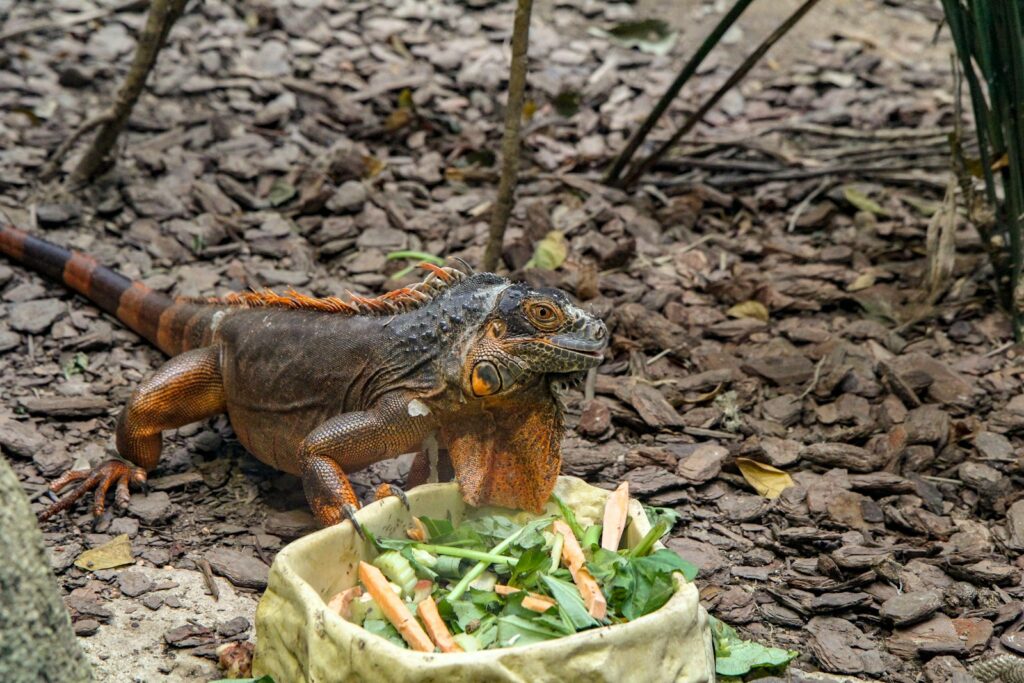
As summer transitioned to autumn, dinosaurs faced changing food landscapes that required adaptive foraging strategies. For herbivores, this season offered high-energy food sources like seeds, nuts, and fruits that had ripened throughout the summer months. Pachycephalosaurs, with their sturdy skull domes, may have used head-butting behaviors not just for competition but to knock down fruits and seeds from higher branches. Ornithopods like Iguanodon, with their specialized thumb spikes and beaks, were well-equipped to extract seeds from tough seed pods and strip bark from trees as other food sources declined. Fossil evidence suggests some dinosaurs began building fat reserves during autumn by consuming these energy-dense foods in preparation for leaner months ahead. Carnivorous dinosaurs potentially altered their hunting patterns during autumn as herbivore migration patterns changed and juvenile prey animals reached near-adult size. For many dinosaur species, autumn represented a critical transition period requiring dietary flexibility as they prepared for the coming resource scarcity.
Winter Survival Techniques

Winter presented the greatest feeding challenge for dinosaurs, particularly in higher latitudes where seasonal temperature drops were more pronounced. Recent discoveries in Arctic and Antarctic dinosaur fossils have revealed specialized adaptations for winter feeding. Small theropods like Troodon, which inhabited northern latitudes, likely relied on a combination of scavenging, hunting smaller prey, and possibly consuming stored or cached food items during winter months. Large herbivores like hadrosaurs may have resorted to browsing on less nutritious conifer needles, bark, and woody plant parts that other herbivores couldn’t digest. Evidence from growth rings in dinosaur bones (similar to tree rings) indicates many species experienced slowed growth during winter, suggesting reduced metabolic needs during food scarcity. Some paleontologists theorize that certain dinosaur species may have entered torpor states—a mild form of hibernation—during the harshest winter periods when food was extremely limited. The ability to survive winter feeding challenges likely served as a significant evolutionary pressure shaping dinosaur adaptations over millions of years.
How Carnivorous Dinosaurs Adapted to Seasonal Prey Movements
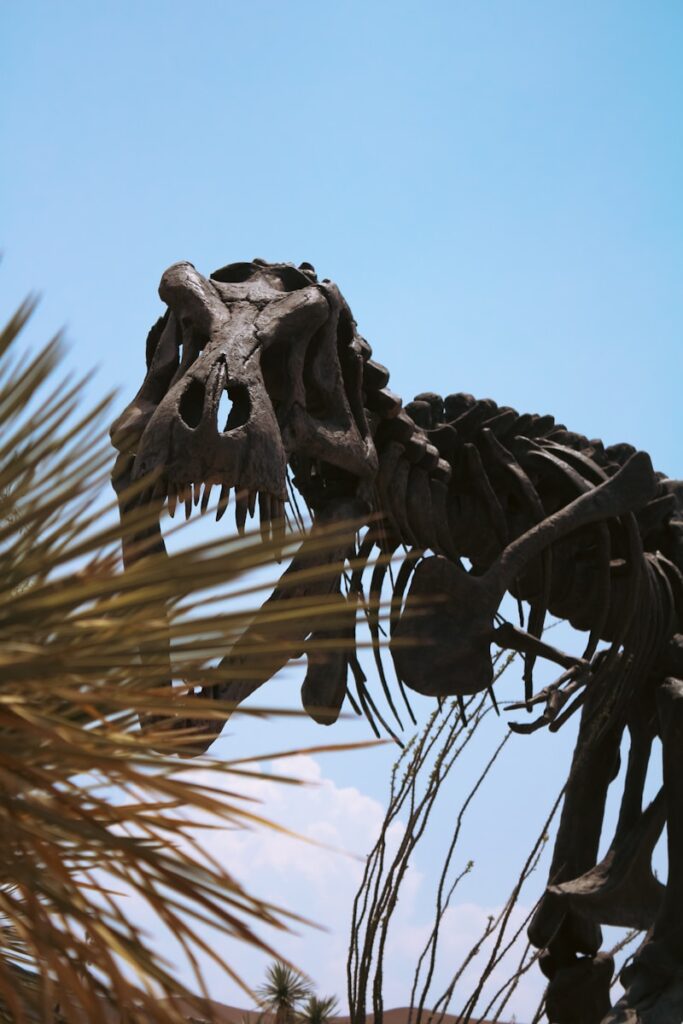
Carnivorous dinosaurs faced unique seasonal challenges as prey migration patterns shifted throughout the year. Theropods like Allosaurus and Tyrannosaurus rex likely adjusted their hunting territories to follow herbivore movements that were dictated by changing plant availability across seasons. Evidence from fossilized trackways shows potential seasonal concentration of predator activity around migration routes and water sources where prey would predictably gather. During leaner seasons, especially winter, large theropods may have shifted to more opportunistic feeding behaviors, including increased scavenging and targeting weaker prey animals struggling with food scarcity. Smaller carnivorous dinosaurs likely diversified their diets during challenging seasons, consuming everything from small mammals and reptiles to eggs, insects, and even plant matter when necessary. Tooth wear patterns in some carnivorous dinosaur fossils suggest seasonal variations in feeding behavior, with increased wear during seasons when prey was scarcer and predators couldn’t afford to be selective. Pack-hunting dinosaurs like Deinonychus might have altered their group hunting strategies seasonally, targeting different prey species as availability shifted throughout the year.
Coastal and Aquatic Dinosaur Feeding Patterns
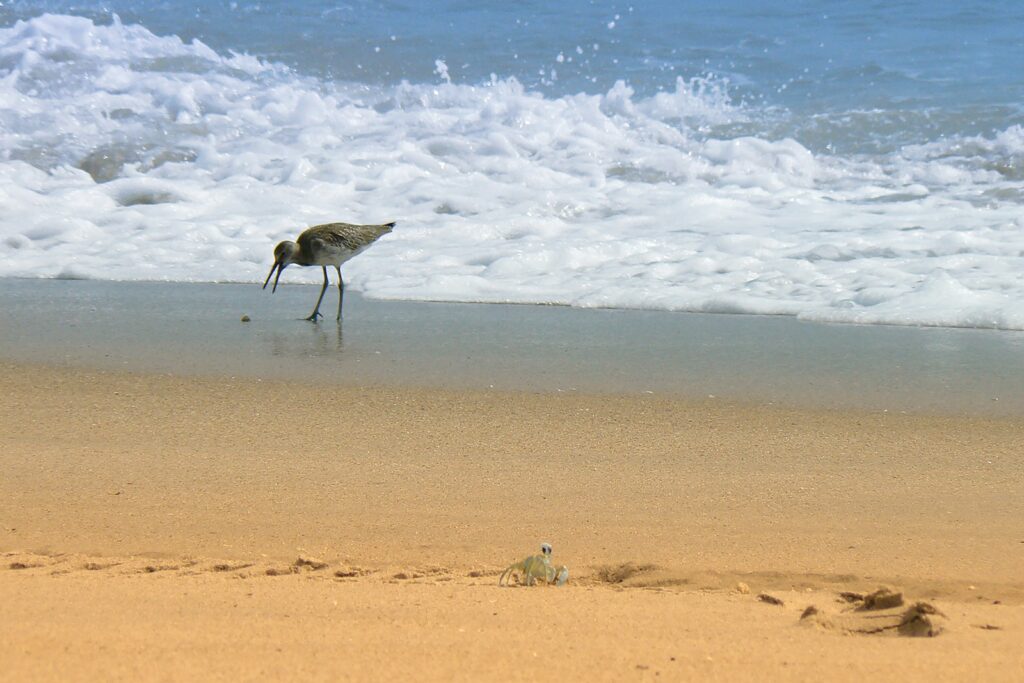
Dinosaurs living in coastal environments experienced different seasonal feeding patterns compared to their inland counterparts. Fish-eating theropods like Spinosaurus and Baryonyx likely benefited from relatively stable aquatic food sources year-round, though seasonal fish migrations and spawning events would have created periods of greater abundance. Coastal herbivorous dinosaurs could access saltwater-tolerant plants that provided nutrition when inland vegetation became scarce during dry seasons. Recent studies of isotopes in fossilized teeth from coastal dinosaurs indicate some species moved between freshwater and marine environments seasonally to take advantage of different food sources. Semi-aquatic dinosaurs may have used coastal wetlands as feeding refuges during seasonal droughts that affected inland areas more severely. Evidence suggests some theropods seasonally congregated along coastlines to feed on nesting sea turtles and their eggs, similar to how modern predators exploit seasonal sea turtle nesting today. These coastal feeding adaptations provided important dietary buffers against the more extreme seasonal fluctuations experienced by purely terrestrial dinosaurs.
Seasonal Feeding Adaptations in Desert-Dwelling Dinosaurs

Dinosaurs inhabiting arid and semi-arid environments developed specialized adaptations for seasonal feeding challenges unique to desert ecosystems. During brief rainy seasons, desert-dwelling dinosaurs like Abelisaurids in what is now South America and Africa likely gorged on suddenly abundant vegetation and prey, storing energy for leaner times ahead. Skeletal evidence suggests some desert theropods evolved more efficient digestive systems to extract maximum nutrition from limited food resources during dry seasons. Small desert-adapted dinosaurs probably exploited ephemeral water sources where prey animals would concentrate during droughts, creating seasonal hunting opportunities. Herbivores in these environments likely consumed drought-resistant plants with specialized water storage capabilities, such as prehistoric equivalents to modern succulents and desert-adapted conifers. Recent discoveries of dinosaur fossils in ancient desert environments show adaptations for seasonal fasting, including bone structures that could store minerals and possibly fat reserves similar to the humps of modern camels. These desert specialists demonstrate how dinosaurs evolved to exploit even the most challenging seasonal environments, expanding their ecological range far beyond the lush forests commonly depicted in popular imagery.
Migration as a Seasonal Feeding Strategy
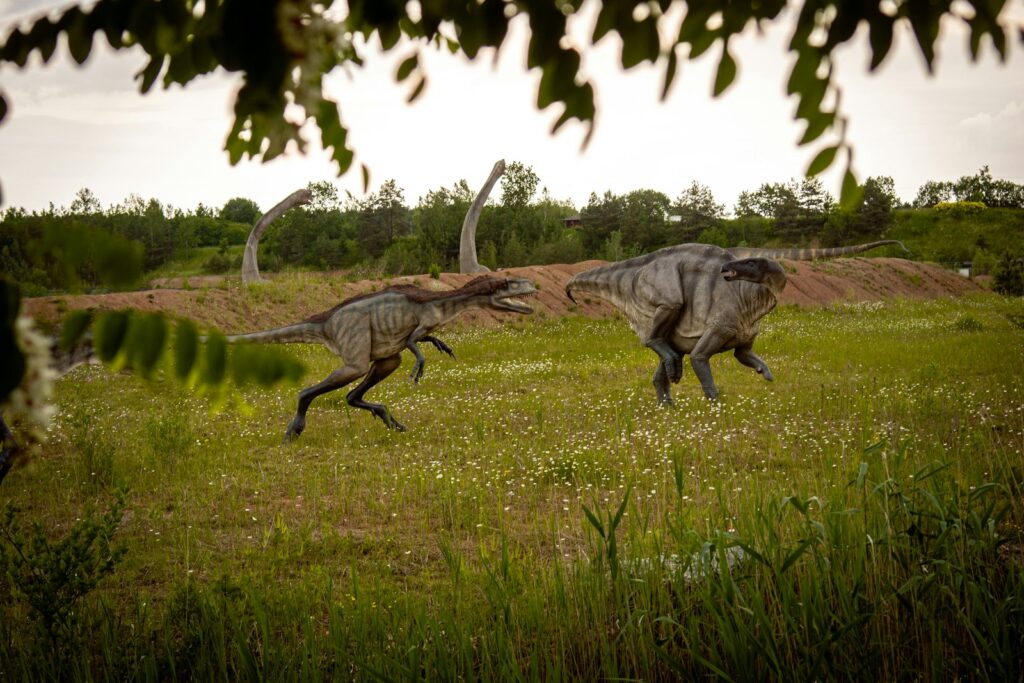
Many dinosaur species likely undertook seasonal migrations to maintain access to adequate food sources year-round. Evidence for these migrations comes from mass fossil beds showing directional movement patterns and isotopic analyses revealing geographic changes in feeding locations. Hadrosaur fossils discovered in Alaska suggest these dinosaurs undertook challenging northward migrations during summer months to exploit the brief but intense Arctic growing season, then returned southward as winter approached. Sauropod trackways found across ancient floodplains indicate these massive herbivores traveled considerable distances between seasonal feeding grounds, possibly following rainfall patterns that triggered plant growth. Predatory dinosaurs would have evolved to either follow these herbivore migrations or to specialize in hunting non-migratory prey remaining behind. Young, old, or weak dinosaurs that couldn’t complete challenging migrations likely faced increased predation pressure during harsh seasons. Recent computer modeling of dinosaur energy requirements suggests that seasonal migration would have been more energetically efficient for many large dinosaurs than remaining in one location and enduring severe seasonal food shortages. These migration patterns likely shaped dinosaur social structures, with evidence suggesting some species traveled in multi-age herds for protection while others might have migrated in age-segregated groups.
Omnivorous Dinosaurs and Seasonal Dietary Shifts

Omnivorous dinosaurs demonstrated perhaps the most dramatic seasonal dietary shifts of all dinosaur types. Dinosaurs like Gallimimus and Oviraptor possessed adaptations for consuming both plant and animal matter, allowing them to adjust their diets as different food sources became seasonally available. During spring and summer, these omnivores likely focused more on abundant plant foods and insects, while shifting toward scavenging, hunting small prey, and consuming tough plant storage organs during autumn and winter. Fossil evidence from ornithomimid stomach regions sometimes contains preserved seeds and small bones, suggesting these dinosaurs opportunistically consumed whatever foods were seasonally abundant. Tooth and beak wear patterns in omnivorous dinosaurs indicate seasonal changes in food hardness, with increased wear during seasons when they relied on tougher food items. Some omnivorous dinosaurs developed specialized digestive adaptations, possibly including crop-like organs or gizzards containing gastroliths (stomach stones) that could be used to process different food types as seasonal availability shifted. This dietary flexibility gave omnivorous dinosaurs a significant survival advantage during seasonal transitions when specialized feeders might struggle with changing food availability.
Juvenile Dinosaurs and Seasonal Feeding Challenges
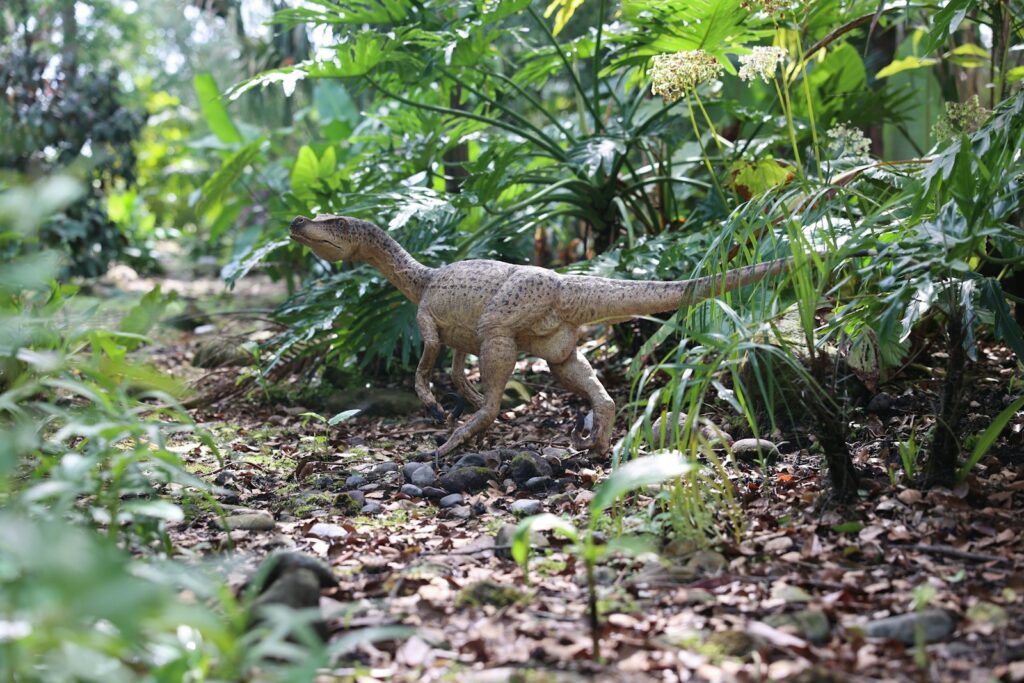
Young dinosaurs faced unique seasonal feeding challenges as they developed toward adulthood. Juvenile herbivores lacked the size and strength to process tougher plant materials that adults could consume during lean seasons, potentially limiting their winter food options. Growth ring studies in dinosaur bones show that juveniles often experienced more pronounced growth slowdowns during challenging feeding seasons than adults, indicating greater vulnerability to seasonal food scarcity. Young carnivorous dinosaurs, without the hunting experience of adults, likely relied more heavily on smaller prey and scavenging during difficult seasons, focusing on hunting skills development during periods of prey abundance. Fossil evidence from nesting sites suggests many dinosaur species timed their reproduction so that hatchlings emerged during peak food availability seasons, giving offspring the best chance of survival through their first year. Recent discoveries of dinosaur nesting grounds in ancient polar regions indicate some species may have migrated specifically to raise young in areas with intense but brief summer abundance, ensuring juvenile dinosaurs could grow rapidly before winter arrived. These seasonal challenges likely contributed to the high mortality rates observed in juvenile dinosaur populations, creating strong evolutionary pressure for effective parental care and feeding strategies.
How Climate Change Affected Seasonal Dinosaur Diets

Throughout the Mesozoic Era, dinosaurs experienced several significant climate shifts that altered their seasonal feeding patterns. The Triassic-Jurassic boundary saw major floral changes following mass extinction events, forcing dinosaurs to adapt to new plant species with different seasonal growth patterns. During the mid-Cretaceous greenhouse warming period, reduced seasonality in many regions likely created more stable year-round food availability for dinosaurs near the equator, while potentially intensifying seasonal extremes at higher latitudes. Evidence from plant fossils shows changing forest compositions throughout dinosaur reign, affecting which foods were seasonally available to different herbivore species. Carnivorous dinosaurs had to adapt their hunting strategies as prey species evolved new seasonal behaviors in response to changing climates. Isotope studies from dinosaur teeth spanning millions of years reveal shifts in seasonal feeding patterns that correlate with known climate change events. These climate-driven dietary adaptations demonstrate the remarkable evolutionary flexibility of dinosaurs, which allowed them to thrive through dramatically different global conditions over their 165-million-year reign before the final extinction event.
Conclusion

The seasonal feeding patterns of dinosaurs reveal sophisticated adaptations that helped these remarkable animals thrive for over 165 million years. From herbivores shifting their diets from tender spring shoots to tough winter vegetation, to carnivores adjusting hunting strategies as prey migrated, dinosaurs demonstrated impressive dietary flexibility. Modern paleontological techniques continue to uncover new evidence about how these creatures adapted to seasonal challenges across diverse habitats from deserts to polar regions. These seasonal feeding adaptations not only provide fascinating insights into dinosaur biology but also illustrate evolutionary principles that continue to shape animal behavior today. By understanding how dinosaurs responded to seasonal changes in their environment, we gain a more complete picture of these magnificent creatures as dynamic, adaptable animals rather than static museum exhibits.




